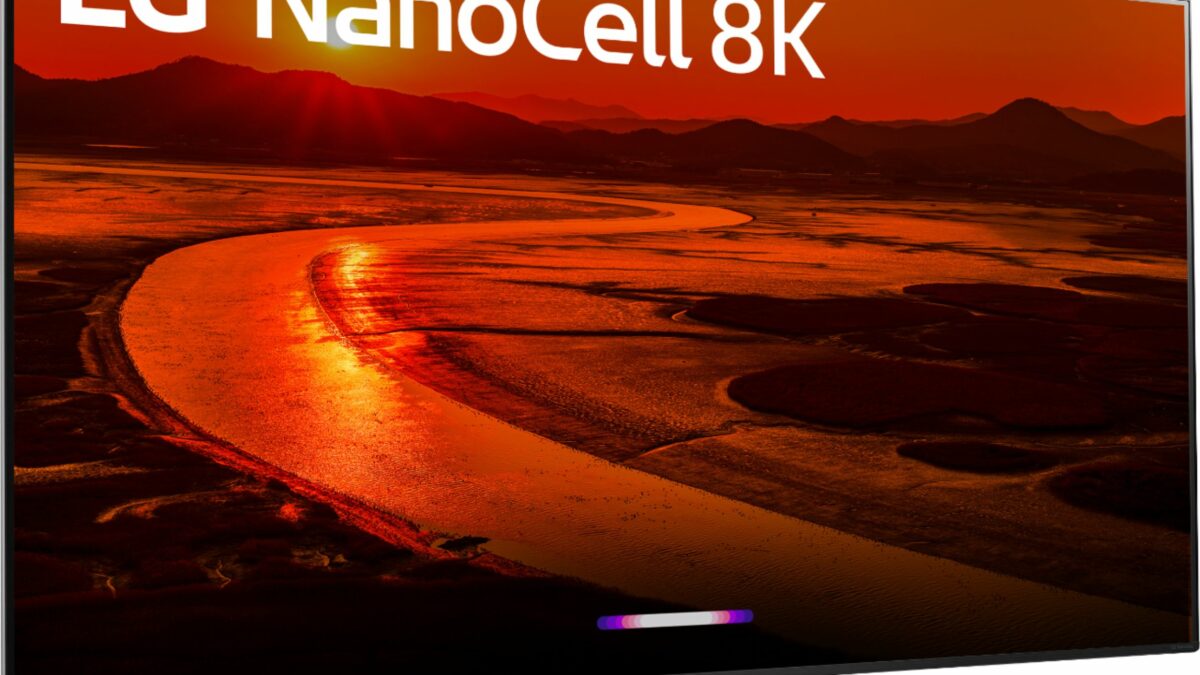Upscaling in most NanoCell TVs is very good too, while higher-end models have 120Hz refresh rates and support for features like VRR. Most of all, LG NanoCell TVs are priced fairly competitively, letting you utilize key PS5 and Xbox Series X features like HDMI 2.1 and VRR without spending a fortune.
D’abord, Is NanoCell better than 4K?
When comparing Samsung Crystal UHD to LG’s NanoCell without considering any other features, LG’s NanoCell TVs are usually the better option because of the improved colours and viewing angles. Generally, Samsung Crystal UHD TVs are entry-level 4K TVs, while NanoCells are mid-range and cheaper than QLEDS and OLEDs.
En fait, Is NanoCell TV worth the extra money? Verdict. LG NanoCell TV is an excellent choice when you want to purchase a TV for your family. It comes with various features, including IPS panels, making it a perfect choice to watch your movie or TV show in a bright room.
Cependant Are OLEDs worth? There are many benefits to OLED TVs. They bring you better image quality (think blacker blacks and brighter whites), faster response times and reduced power consumption.
Is a NanoCell TV worth it?
For Movie Lovers. With a 4K Ultra-High Definition resolution optimized for HDR content, your movie-watching experience doesn’t get much better than this. Combine that incredible detail with the stunning color enhancements NanoCell TVs have to offer, and it’s like you’re at the cinema. Plus, it gets even better.
Is LG better than Samsung?
If you’re budget-minded, favor OLED screen technology, and want a slightly more capable Smart platform overall, LG TVs are the right option. In contrast, if you’re looking to buy a TV with a stronger brand behind it, want features like HDR 10+, and prefer QLED displays, Samsung is the better choice for you.
How long do OLED TVs last?
flatpanelhds.com’s report of LG’s claim in 2016 that the company’s OLED TVs had lifespans of 100,000 hours.
Are Nano TVs good?
The bottom line. LG’s new NanoCell 90 TV offers solid overall performance, especially when it comes to smart features and viewing angles. On the downside, the display’s brightness and contrast capabilities aren’t on par with some cheaper TVs from brands like Vizio, TCL, and Hisense.
Is LG coming out with a new OLED TV?
Facing stiff competition from Sony and Samsung, LG’s OLED lineup offers more screen sizes and higher brightness.
Is OLED worth it 2021?
Are OLED TVs worth buying? If you want a truly excellent TV, OLED is absolutely worth considering. It offers better picture quality than standard LCD TVs can match, and with prices coming down every year, they’re no longer prohibitively expensive either.
What are the disadvantages of OLED TV?
Drawbacks or disadvantages of OLED
➨Their lifetime is shorter compare to other display types. White,Red and Green OLED offer lifetime of about 5 to 25 years where as blue OLED offers about 1.6 years. ➨It is expensive compare to LCD. ➨It is susceptible to water and hence it can be easily damaged by water.
Is OLED burn-in still a problem?
Burn-in is possible with OLED, but not likely with normal use. Most « burn-in » is actually image retention, which goes away after a few minutes. You’ll almost certainly see image retention long before it becomes permanent burn-in. Generally speaking, burn-in is something to be aware of, but not worry about.
Will OLED TVs be cheaper in 2021?
Korea JoongAng Daily reports that prices are dropping for all LG OLED TVs in 2021, with new models priced up to 20% lower than the launch prices of the equivalent 2020 models.
Which TV is better LG or Sony?
Sony vs LG
LG is the dominant OLED brand for OLEDs because they have better gaming performance and generally cost less. However, Sony’s LED models are far better than LG’s because they get brighter, have better uniformity, and usually have better contrast.
What does LG stand for?
In 1995, the inexpensive, poor quality, Korean appliance and home electronics brand, Lucky Goldstar, became LG with the slogan, Life’s Good.
Is QLED better than OLED?
QLED comes out on top on paper, delivering a higher brightness, longer lifespan, larger screen sizes, lower price tags, and no risk of burn-in. OLED, on the other hand, has a better viewing angle, deeper black levels, uses less power, is killer for gaming, and might be better for your health.
What are the problems with OLED TVs?
Of course, a brighter display causes concern for burn-in, a small drawback to OLED displays. While manufacturers have done a good job of reducing burn-in with pixel shifting techniques, in certain use-cases, static images, such as logos, can end up permanently present on the screen as a faint after-image.
Is Nano better than QLED?
Conclusion: As a general rule of thumb though, you can say that QLED has a better contrast ratio and deeper blacks. For the best results, however, your viewing position should be more or less opposite of your screen. NanoCell has a wider viewing angle and is less bothered by sunlight reflections.
Is NanoCell the same as QLED?
NanoCell uses the IPS panel that offers a wide range of viewing angles, among other benefits. QLED, on the other hand, uses the VA panel. So, it all comes down to your needs, preferences and budget.
Is OLED burn-in a problem?
Burn-in is possible with OLED, but not likely with normal use. Most « burn-in » is actually image retention, which goes away after a few minutes. You’ll almost certainly see image retention long before it becomes permanent burn-in. Generally speaking, burn-in is something to be aware of, but not worry about.



Stay connected